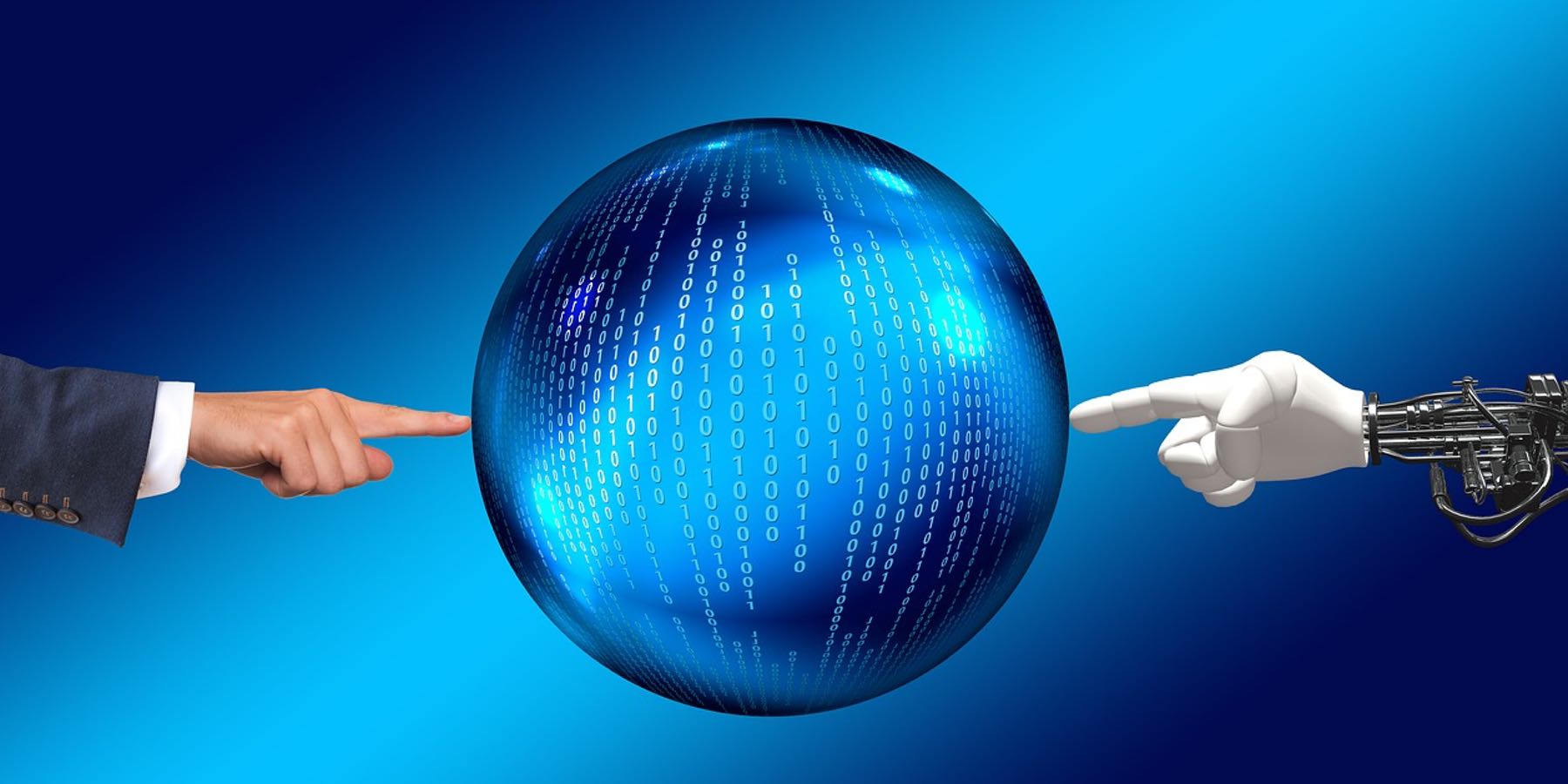Both companies and individuals may occasionally have to translate a large number of files or documents. In such cases, the use of MTPE (machine translation post-editing) is often taken into consideration in order to save time and money, using a combination of software-generated translation subsequently reviewed by a translator with editing skills. MTPE is a very controversial topic within the professional translation industry: in fact, some linguists still consider machine translation a taboo.
The question then arises: does automatic translation really work? The answer, of course, depends on the case. MTPE can be extremely effective if used in an informed manner. Let’s take a look at the factors that must be considered in deciding if MTPE is the right solution for your project, or if it would be better to rely on a professional translator.
Translation with MTPE: the factors to consider
The type of text to translate
Some texts of a technical nature, which have rigid and sometimes repetitive syntax, are well suited to automatic translation. Good candidates for MTPE can be instruction manuals, catalogues, recipes, drug leaflets, etc. A machine can do a decent job translating a simple document written in a clear and direct manner, but of course it will not be able to grasp the nuances in meaning of texts that contain puns and figures of speech. If you need to translate material which is narrative or persuasive, it will definitely need a “human” translation done by a linguist who can reproduce the same tone of voice and style as the original text.
The language pair
Although today’s machine translation software uses extremely advanced technologies compared to the initial versions available, some language combinations are better suited to MTPE. The more similar the grammatical and syntactic structure of the original and target languages of the text to be translated, the better the results offered by the software. A machine will certainly produce much better output translating a text from English into a European language than one from English into Japanese, as these two languages have very different structures.
The document’s intended use
When deciding whether or not to rely on machine translation, it’s also important to consider the level of precision required by the document to be translated. If you only need to understand the content of the original text (for example if the documents are for a company’s internal use), then MTPE is certainly a valid option. If, on the other hand, the form of the document must be suitable for publication, i.e., the language and syntax used must read smoothly, then it’s best to rely on a human translator.
A few last notes
MTPE will never reach the quality standards of a human translator; however, it can be useful for tackling certain projects, as it speeds up their management and decreases their cost. It’s ideal for translating texts for internal company use or for private use not intended to be published or disseminated. In all cases where machine translation is used, one thing is certain: the target text must be reviewed by a professional. Indeed, MTPE can prove counterproductive if the text isn’t reviewed and corrected by an expert linguist so that it can meet the quality standards called for by the context and the text’s intended use. In most cases, it cannot be considered a valid alternative to the work of a human translator.
Translation Agency’s team of language consultants and project managers will be able to provide the right consultancy on the possible use of this option from a business or individual perspective. We are always available: just contact us to request an ad hoc consultation.
